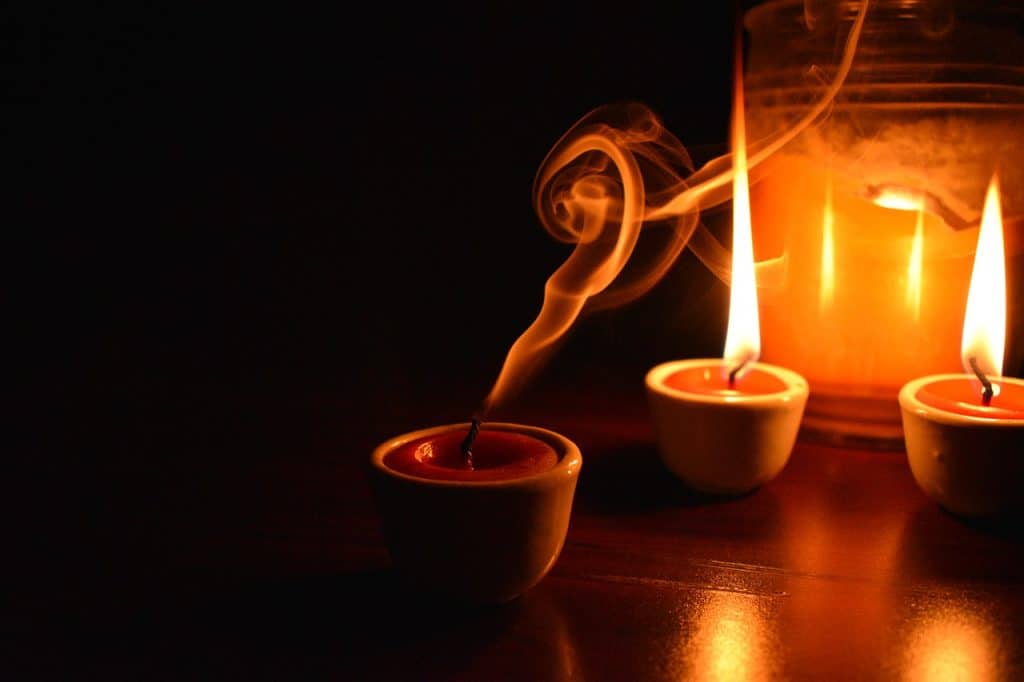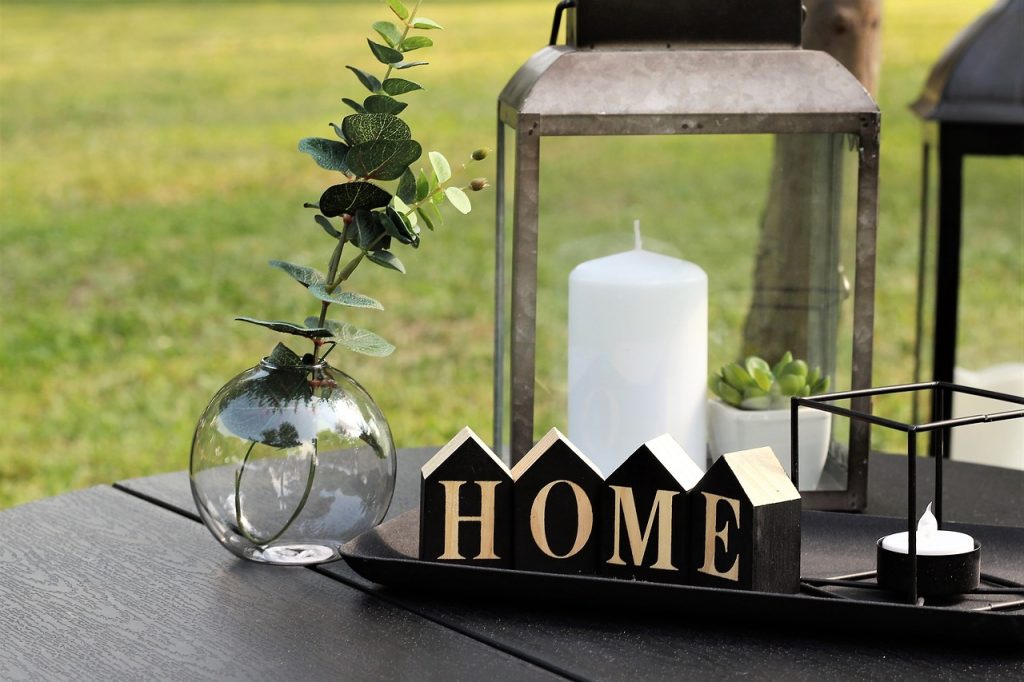There are many items in this world that are simple in nature, and older than many people think. Candles are one of the most commonly known household items in the world, and they have been around for thousands of years. Yet, a lot of people know every little around them.
A lot of people do not know the rich history of candles, how they were first made and whether candles are measured in weights or volumes. If you’re interested in learning more about candles, you have come to the right place.

THE RICH HISTORY OF CANDLES

There are different types of candles such as beeswax candles, soy wax candles, tallow candles, paraffin wax candles and so on. One fascinating thing about them is that each one has its own unique place in history.
Tallow candles are some of the oldest and most illustrious types of candles in the world. They were made from fat gotten from livestock, and were used for a long time all over the world (until paraffin wax was invented in the 1800s). However, tallow candles are not the oldest kinds of candles.
Records uncovered by historians and researchers show that the earliest kinds of candles were actually reeds, which had been soaked in melted animal fat. These types of candles were created by the Ancient Egyptians, and it also reigned for some time in the olden days. They even has a special name of their own; rushlights.
The Ancient Romans are another culture that contributed greatly to the development of candles, as they are known to be the inventors of the first versions of wicked candles.
In other places around the world, such as China, their foray into the world of candle making started with rolled up or molded paper tubes, which used wicks made of rice paper. The fuel source of this type of candles, however, was insects.
In Japan, some of the earliest versions of candle wax were products which were obtained from trees. Ancient Indians, however, began their own exploration into candle making by boiling down fruits from cinnamon trees.
All these versions of candles eventually transitioned and evolved into the popular types of candles that we know today (i.e. those made from beeswax, paraffin wax, soy wax etc). Who knows? In the nearest future, newer substances and materials could be discovered or invented.
IS THERE A FIXED RECIPE FOR MAKING CANDLES?
There are different ways of making candles. Many of these methods, if not all, involve the unique combination of a lot of different materials in order to form each specific candle. Such methods or recipes vary across time and cultures. They also differ from place to place and from candle maker to candle maker; especially when you factor in the fact that there are many options to choose from when selecting the type of wax and wick to use.
Even when you are able to decide these, you still have to determine what type of candle you want to make (e.g. scented, unscented, colored or white); in which case, you still have to make a decision on what type of essential oil to use, what concentration you need, what type of dye you need and the quantity you would require.
While the presence of so many different criteria and options make it impossible to have one fixed recipe for making candles, the quicker you are able to determine exactly what type of candle you want to make, the better your chances.
This way you can know what type of research to make and which formulas are perfectly suitable for you, based on the advice and recommendations of candle making experts (which are easily available on the internet. You may also wish to take things a step further by consulting a local chandler near you for tested and tried suggestions).
When you finally find a suitable formula or recipe for the exact type of candles you wish to make, you still have to purchase the right tools and equipments, and tweak the measurement of certain things based on the results of your trial and error process.
ARE CANDLES MEASURED IN WEIGHTS OR VOLUMES?
Measurement is a big part of the process of candle making. When you use the right measurements in the candle making formula you’re following, you’re more likely to obtain favorable results.
One important question many people ask when it comes to candle making is: “Are candles measured in weights or volumes?”
The answer to this question is that candles are ideally measured in weight.
While some people may prefer their measurements by volume, it simply isn’t advised to follow this method, when it comes to candle making. This is because of three major reasons:
- It is easier
It is much easier to measure the materials used in candle making by weight, rather than volume. To measure by weight, you only need one equipment or tool (i.e. a weighing scale).
- Fragrance is measured in weight (not by volume)
As far as candle making is concerned, weights are way better than volume; especially when you want to make scented candles. The quantity of fragrance which is to be added into the candle mix (i.e. the melted wax), during the candle making process is usually measured relatively to the weight of wax used. This is usually about 30 – 40 drops of essential oil for a single eight-ounce candle.
Of course, this measurement can be tweaked based on the type of wax used, the strength of the essential oil and the result of trial and error process.
- Other wax specifications are usually dependent on weight (not volume)
Apart from the quantity of fragrance or essential oil to be used, other specifications of materials to be added into the wax during candle making depend on the weight of the wax. Examples of these kinds of other requirements or wax specifications include the quantity of dye to be added in the production of colored candles, the amount of bleach to be added when whitening naturally colored wax (e.g. tallow or beeswax) etc.




